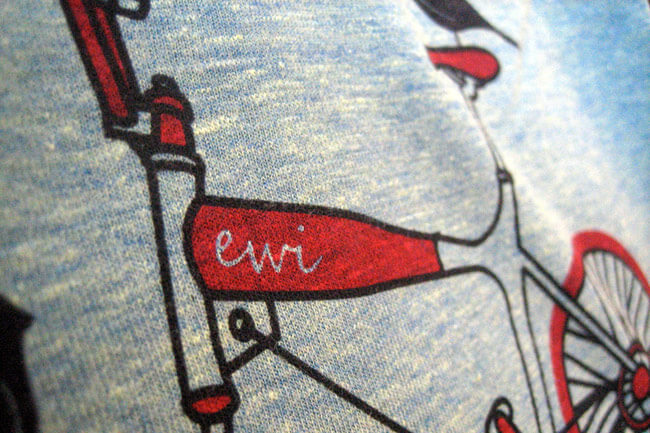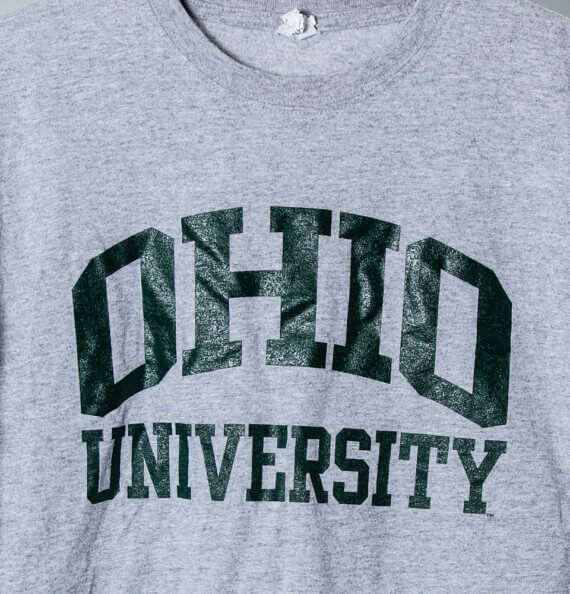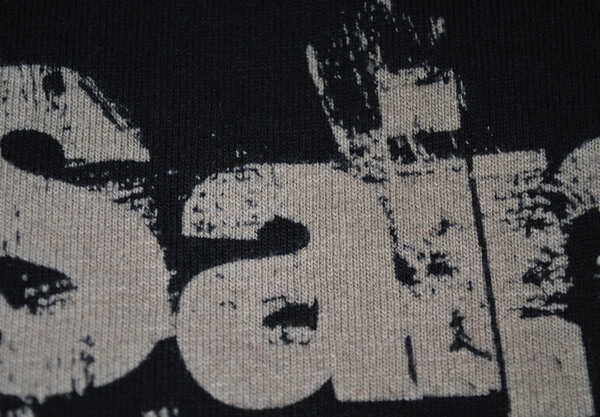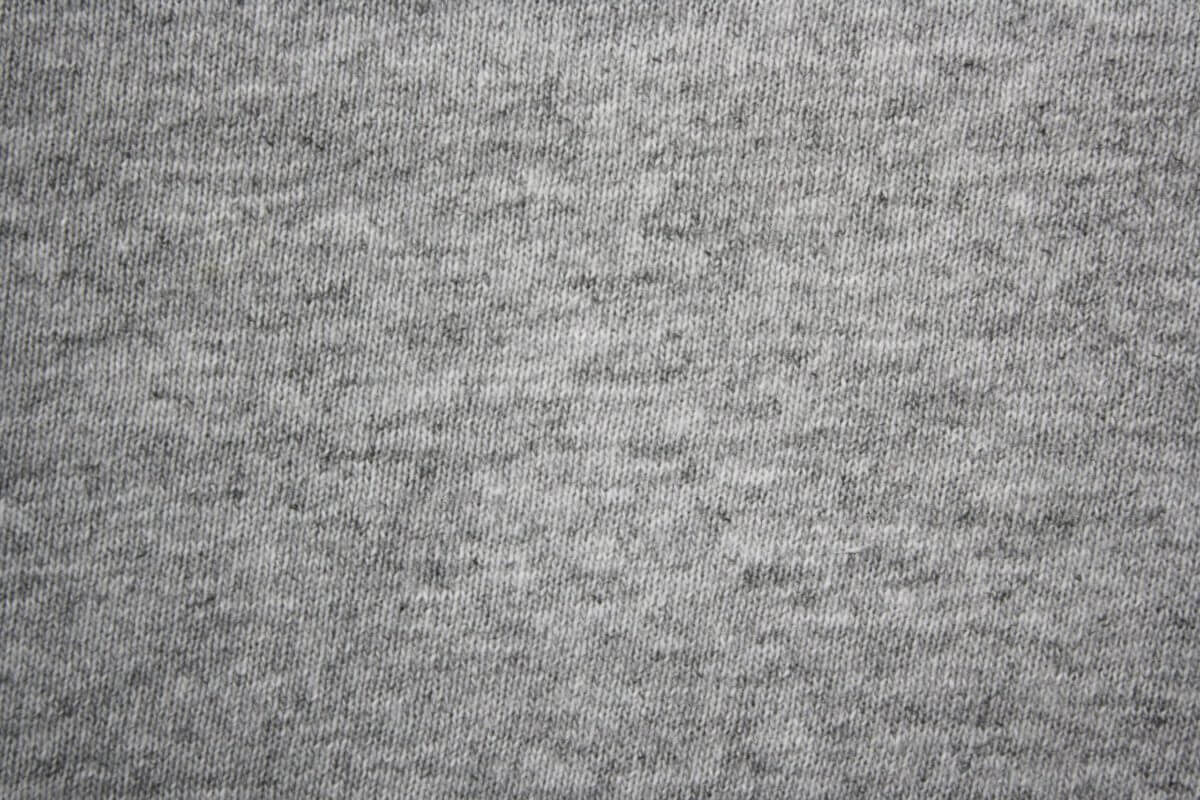
So, you’re in.
You’ve decided to kickstart your dream and venture into screen printing – great!
Be it for leisure or profit (the global apparel market is growing to a staggering $1.5 TRILLION dollars this year in 2020!) it’s the best time to get your hands dirty with screen printing!
But wait! Which screen printing ink is right for you?
If you’ve read my previous article – the 3 most commonly used inks in the textile industry – you already know that you can currently print using water-based, plastisol and discharge inks.
To know which ink to dive into, you first need to understand the properties and behavior of each type, plus knowing what style you ultimate want to achieve.
1. Water-based inks

What is it: To put it simply, this ink type meshes with the t-shirt that results in a super soft feel once the ink is cured (evaporated).
Water-based colors tend to blend with the color of the t-shirt (unless you print a white base) and will last quite a long time. I’ve had prints last longer than the actual garment itself.
When to use: Water based inks are great if you want to compete in the high street fashion scene. The current trends are leaning towards the smooth-to-touch and the ‘worn-out’ and ‘aged’ look that has flooded retail stores in the past decade.
Plus, the image of using water-based inks that are eco-friendly to the environment will give you an edge if you’re selling to hipsters and tech junkies.
Garment type: Water based inks will work with most types of cotton garments. However, since water based inks will blend into the material, you need to consider the garment color in order to achieve the results you want. Nylons apparel and 100% polyester won’t work with this type of ink, but chances are you won’t be using these substrates anyway.
Difficulty level: 2/5
2. Plastisol inks

What is it: In contrast, plastisol contains well, plastic molecules that do not mesh with the fabric. Instead it sits on top of the garment much like another layer even after it’s cured.
This cheaper (but not necessarily low in quality) ink will unfortunately crack and peel over time, but it’s guaranteed to make your design pop!
When to use: This ink was very popular in the 80s and early 90s. I foresee it making a comeback in the future when designers start favoring bright neon colors once again, and when manufacturers start making eco-friendly plastisol options.
So if you’re planning to move into the sports apparel market, this is a good starting ink. It’s also relatively cheaper than water-based and it’s easier to work with.
As a billion dollar industry, having a successful sports apparel line can translate into a very lucrative venture. Also, if you work with this ink type you will do well with customers from bowling leagues, golf clubs or PTA Weekend Meets.
Garment Type: This is type is the most versatile of all inks and will therefore work with any garment type.
Difficulty level: 3/5
3. Discharge inks

What is it: Discharge screen printing is skill-intensive and takes experience to master. Similar to water-based printing, this ink gives you the ‘soft-to-no-hand’ feel which is the result of using a bleaching agent. The agent strips the shirt of its dye and replaces it with the print color.
Neat huh?
When to use: As with water-based inks, you will do well in the fashion scene with discharge printing. The return of ‘retro’ designs and over-sized prints are currently trending on college campuses throughout the world and I don’t see it vanishing soon.
Garment Type: Only 100% cotton and tri-blend material will work with discharge. When discharging on tri-blend, it will ‘heather-ize’ your print like below so be aware of that.

Difficulty level: 4/5
Whichever inks you decide to go for, make sure your setup is correct.
